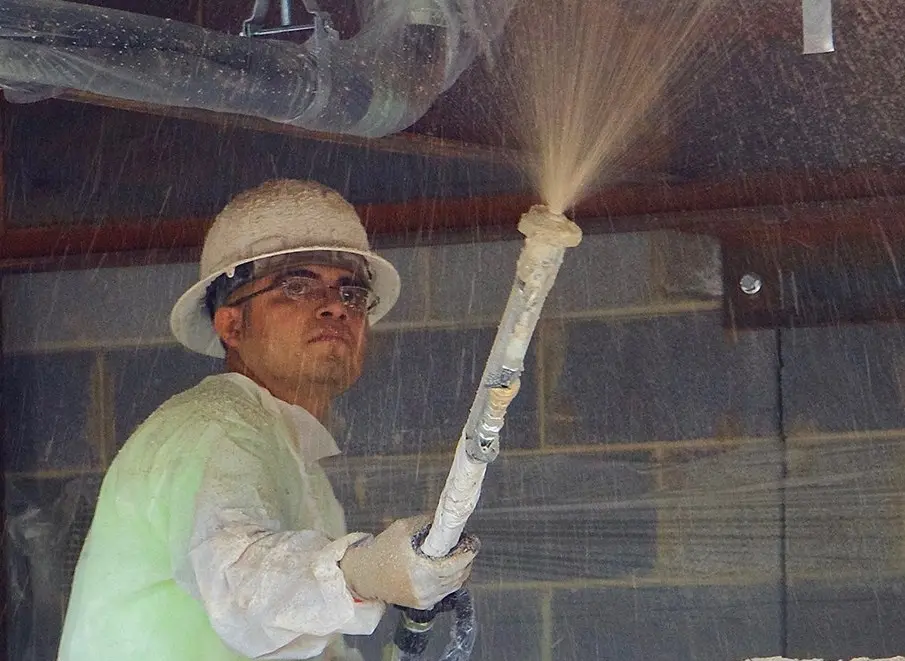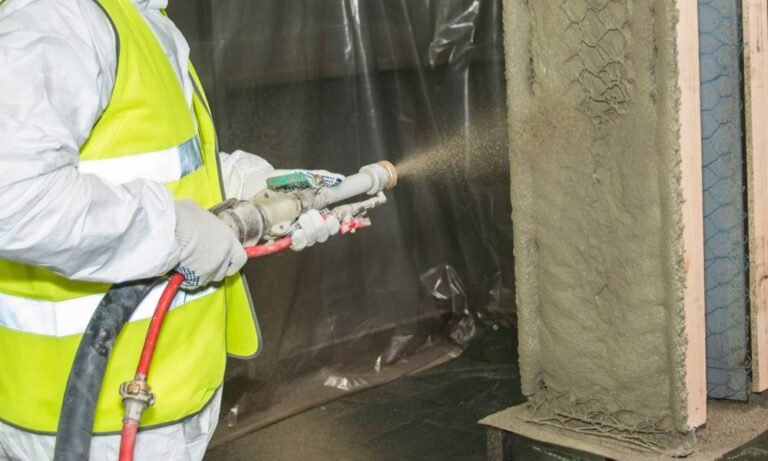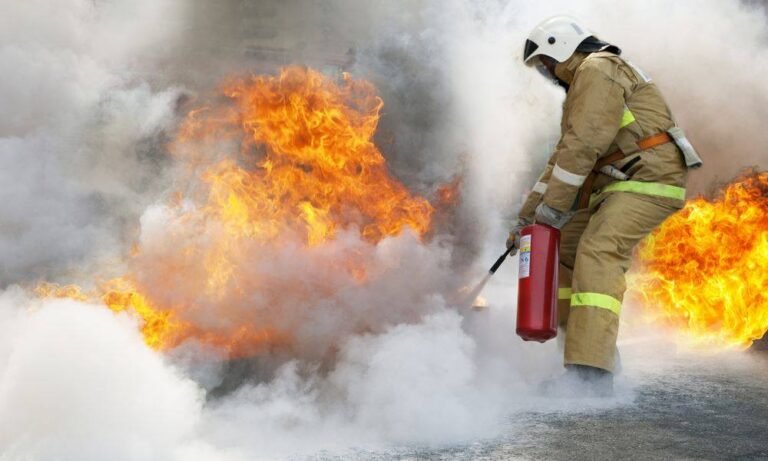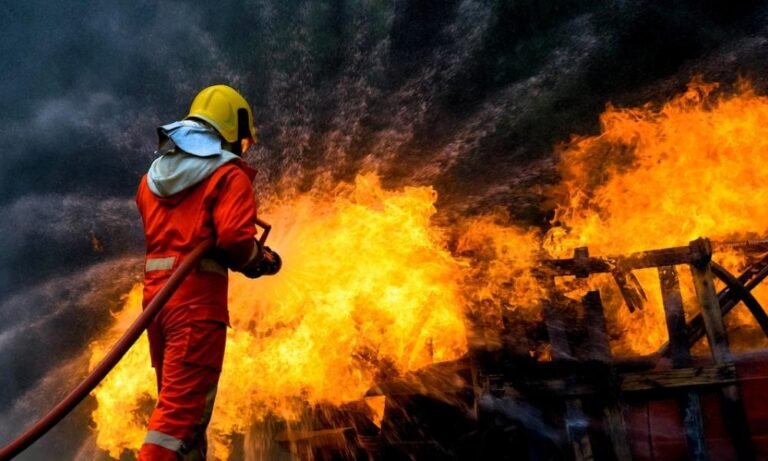Estimated reading time: 5 minutes
Last updated on August 15th, 2025 at 03:49 am
Fire protection isn’t just a regulation—it’s a critical safeguard for lives and property. Over the years, I’ve worked to reinforce buildings against fire risks, ensuring they remain secure and resilient. Whether it’s a towering office complex or a family home, every structure benefits from well-planned safety measures that slow the spread of flames and minimize damage.
But protecting buildings goes beyond simply following codes. It requires the right materials, proper application, and a clear understanding of how fire-resistant solutions function. That’s where experience and attention to detail make all the difference.
What You’ll Learn Here:
- Why every building needs protection from fire hazards
- The most effective fire-resistant techniques used today
- How safety measures contribute to lower risks and even cost savings
- The role of experts in applying fire protection solutions
- Common mistakes to avoid when reinforcing a structure
Why Fire Protection is Non-Negotiable
Understanding Fire Risks
Flames can spread in minutes, leaving destruction in their wake. We’ve seen devastating examples throughout history, from the Great Chicago Fire to modern urban blazes. However, thanks to advancements in construction, today’s buildings have better defenses—provided they are reinforced correctly.
How Fire-Resistant Systems Save Lives
The primary goal of any protective system is to buy time. When properly installed, specialized coatings, insulation, and sealing materials help slow the spread of heat and smoke, allowing people to escape safely while first responders work to control the situation.
Not sure if your property is adequately protected? Here are some signs that you may need an upgrade before it’s too late.
Top Fire-Resistant Techniques for Modern Buildings
Technology has transformed the way we prevent fire damage. Here are some of the most effective methods in use today:
1. Protective Coatings
Applied to key structural elements, these coatings expand when exposed to heat, forming a barrier that insulates materials from high temperatures. This is particularly useful for steel frameworks in high-rise buildings.
2. High-Performance Insulation
Not all insulation materials offer protection against heat and fire spread. Options like mineral wool, gypsum, and fiberglass serve as barriers that help contain flames within specific areas, preventing further damage.
3. Heat-Activated Paints
While they may look like standard finishes, these specialized paints swell upon exposure to extreme temperatures, creating an insulating layer that slows down the transfer of heat.
4. Fire-Stopping Sealants
During construction, gaps and openings for electrical wiring and plumbing create potential weak points. Fire-rated sealants close these spaces, blocking the path for flames and smoke.
Thinking of updating your home with safer, environmentally friendly options? Check out eco-conscious fire-resistant solutions for sustainable protection.
Regulations & Compliance: What Every Property Owner Needs to Know
Building Safety Codes
Regulatory guidelines exist for a reason—to ensure that properties meet essential safety standards. Whether it’s a commercial structure or a private residence, adhering to these codes is crucial for long-term protection.
The Value of Certified Specialists
Applying fire-resistant treatments isn’t a DIY project. Certified professionals understand the complexities of structural reinforcement, ensuring materials are properly installed and function as intended. Need help selecting the right contractor? Here’s what to look for in a fireproofing expert.
The Financial Benefits of Fire Protection
Lower Insurance Premiums
Insurance companies recognize that well-protected properties pose a lower risk. Many providers offer reduced rates for structures that include fire-resistant materials and proper safety measures.
Want to know how much you could save? See how insurance costs decrease with better fireproofing.
Increased Property Value
Buyers appreciate homes and commercial buildings with enhanced safety features. Fire-resistant materials not only protect against disasters but also add to the long-term value of a property.
Looking to boost your home’s market appeal? Learn how fireproofing increases property worth.
Common Mistakes That Undermine Fire Safety
Even with the best materials, errors in application or maintenance can compromise effectiveness. Here are some pitfalls to avoid:
1. Neglecting Routine Inspections
Over time, coatings wear down, sealants degrade, and insulation shifts. Regular assessments catch these issues before they create vulnerabilities.
Discover why ongoing inspections are critical for maintaining structural integrity.
2. Using Inferior Products
Not all fire-resistant materials perform equally. Choosing non-certified or substandard options may reduce upfront costs, but the long-term consequences can be severe.
3. Incorrect Application
Even high-quality materials won’t work if they aren’t applied correctly. Gaps in coatings, uneven insulation, or improper sealing can leave dangerous weak spots in a building’s defenses.
Final Thoughts: Fire Protection is an Investment in Safety
Having worked on a range of projects, I can say with certainty that taking the right approach to fire resistance is one of the most important steps in construction and maintenance. It’s not just about passing inspections—it’s about ensuring the safety of people inside the building.
If you’re serious about protection, don’t cut corners. Work with knowledgeable professionals, choose reliable materials, and make fire safety a priority. When done right, it’s one of the few investments you’ll never regret.



